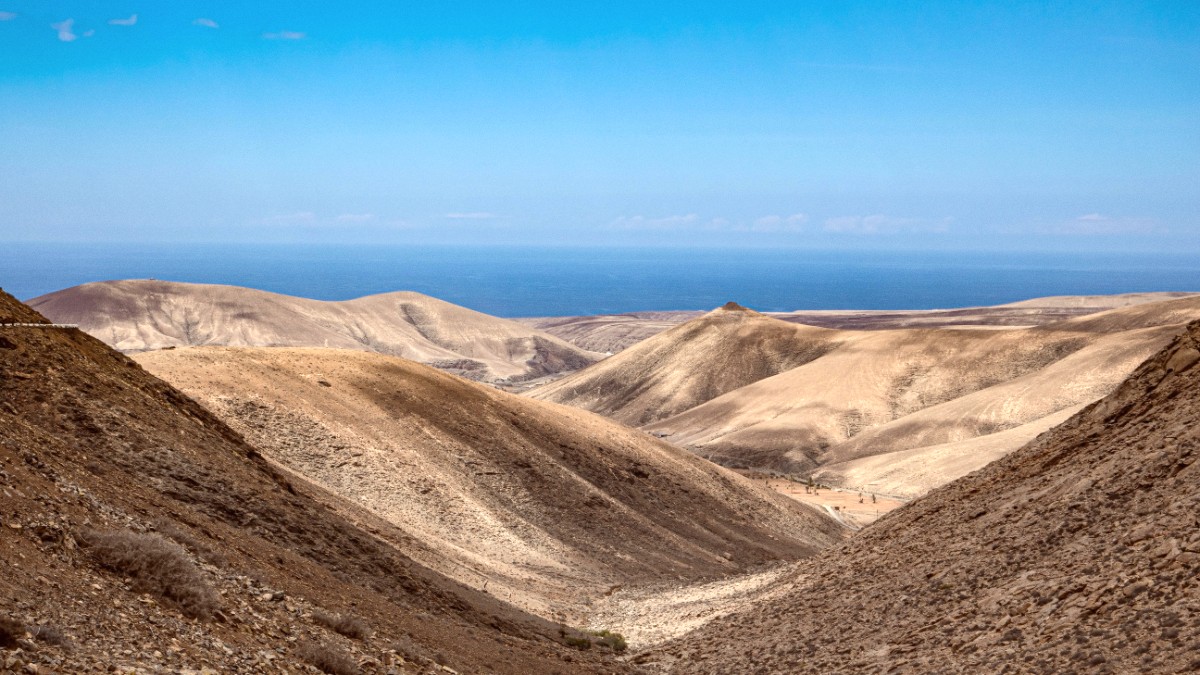
Fuerteventura, Canary Islands
Many travelers find Corralejo a destination with wide-open spaces, a welcoming community, and a gentle pace of life. Whether seeking thrilling water sports, quiet beach days, or lively evenings, Corralejo has a setting for all.
This guide provides information and tips to plan your time effectively. You learn about the island’s unique geography, its change from fishing village to popular resort, and how to immerse yourself in its culture.
This personal planner will assist your island escape.
Corralejo sits on the northernmost point of Fuerteventura, a Canary Island. Fuerteventura belongs to the Canary Islands archipelago, an autonomous community of Spain. This chain of islands lies in the Atlantic Ocean, about 100 kilometers (62 miles) off the northwest coast of Africa.
Looking out from Corralejo’s shores, you see the small, uninhabited island of Lobos (Isla de Lobos) directly across the Bocaina Strait. Beyond Lobos, the larger island of Lanzarote is visible on the horizon. This arrangement makes Corralejo a hub for inter-island excursions.
Vast white sand dunes stretch for miles to the south, a protected area of beauty.
Sweeping coastlines are ideal for walking, sunbathing, and water activities.
Further inland, terrain shifts to volcanic formations, ancient craters, and lava fields.
These winds cool the air and create ideal conditions for wind-powered water sports.
The blend of desert, volcanic rock, and ocean creates an unique island setting.
The strait itself is a busy waterway, with ferries constantly moving between Fuerteventura and Lanzarote. This geographical arrangement makes Corralejo a hub for inter-island excursions.
The dunes transition into sweeping, golden beaches that offer miles of coastline for walking, sunbathing, and water sports.
Further inland, the terrain shifts to volcanic formations, with ancient craters and lava fields shaping the island's interior.
The island’s location in the Atlantic means it has consistent trade winds. These winds, while sometimes strong, offer a cooling effect.
Fuerteventura’s story begins millions of years ago, with volcanic activity shaping its landmass. Geologists say the island formed over 20 million years, making it one of the oldest in the Canary archipelago.
For centuries, the island’s location in the Atlantic Ocean made it a stopover point for trade routes connecting Europe with the Americas.
This ancient volcanic past left rugged terrain and distinct rock formations.
The island’s strategic location made it an important stopover point for trade.
Corralejo began as a quiet fishing village with a natural harbor.
The latter half of the 20th century marked a change for Corralejo. Travelers found its stunning beaches and relaxed atmosphere, leading to gradual development of tourist facilities.